

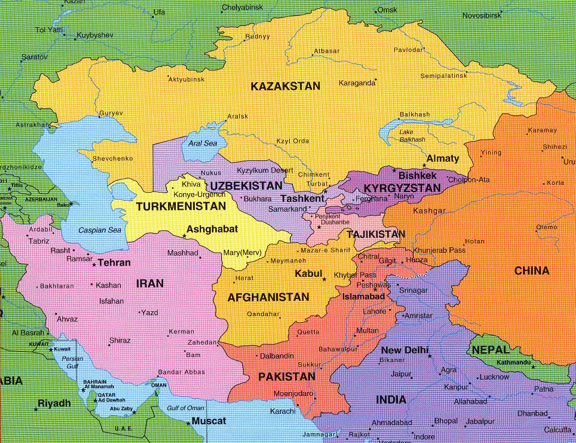
Turkmenistan

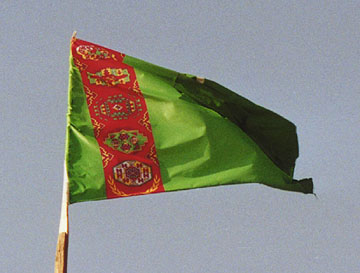
the flag
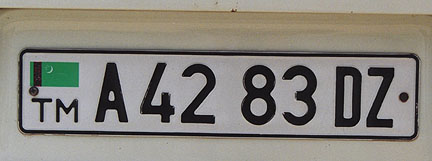
the country
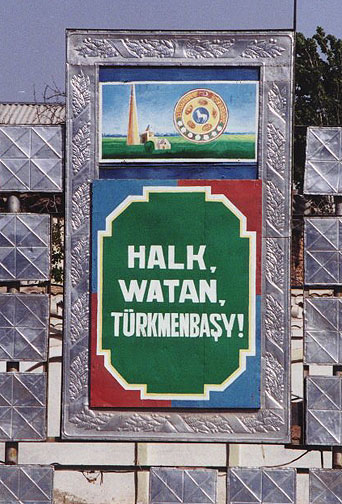
the slogan
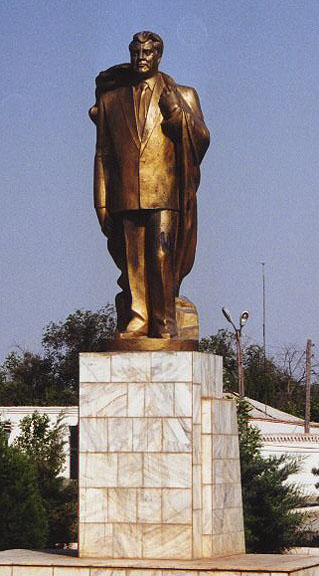
Turkmenbashi
(Head of all Turkmen)
Photos of Turkmenbashi in Ashgabat
Turkmenistan, republic in the southwestern portion of Central Asia, bordered on the north by Kazakhstan and Uzbekistan, on the east by Uzbekistan and Afghanistan, on the south by Afghanistan and Iran, and on the west by the Caspian Sea. Ashgabat is Turkmenistanís capital and largest city.
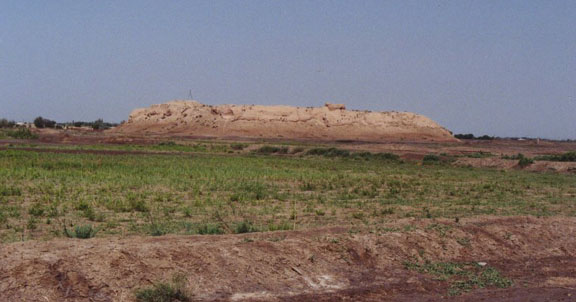
ancient
city site
(unexcavated mound often called a "tel")
Photos of the Ancient City of Kunya Urgench
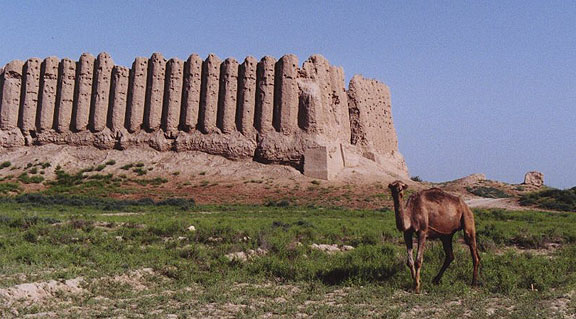
Great Kyz Kala at Merv
Photos of the Ancient City of Merv
In Turkmen, the official language, the name of the republic is Turkmenistan
Respublikasy (Republic of Turkmenistan). Turkmens constitute the dominant
ethnic group. Turkmenistan was formerly the Turkmen Soviet Socialist Republic
(SSR) of the Union of Soviet Socialist Republics (USSR). It became an
independent country in 1991 and adopted its first post-Soviet constitution in
1992.
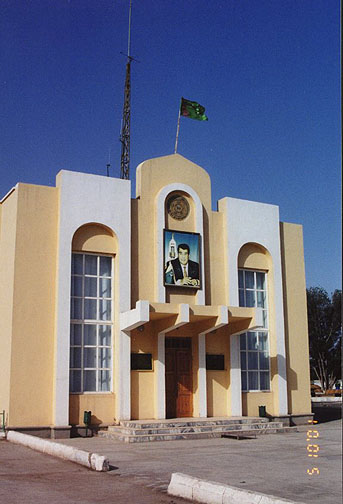
A Soviet
style collective farm for Cotton Production
(surviving intact more than 10 years since fall of Soviet system)
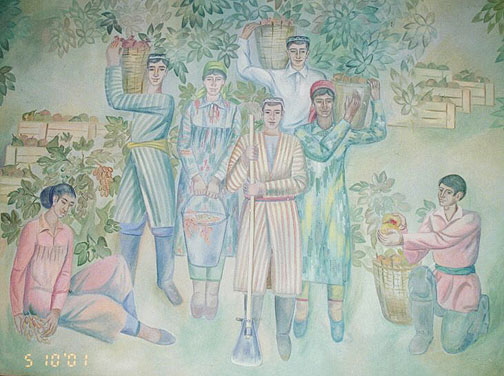
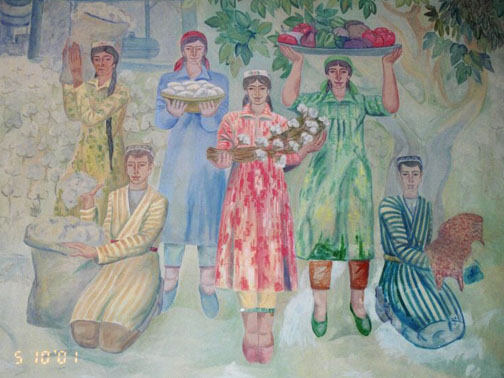
Murals of the Worker's Paradise
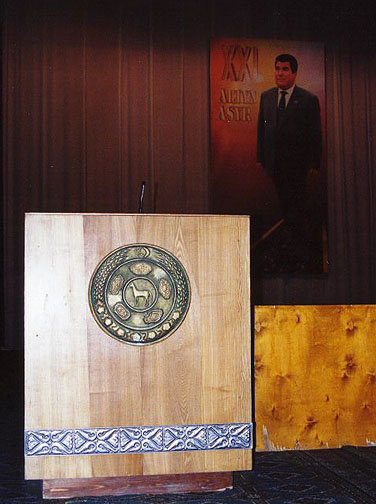
Being led into the 21st Century by Turkmenbashi
Turkmenistan promulgated its first constitution as an independent republic in May 1992, replacing the constitution of the Soviet period. The republic does not yet have a multiparty system in place, and most candidates have run unopposed in elections. All citizens age 18 and older may vote.
Photos of the People of Turkmenistan
The president of Turkmenistan is head of state, head of government, and supreme commander of the armed forces. The office of president was established in Turkmenistan in 1990 shortly before the republicís independence from the Soviet Union. The 1992 constitution increased the powers of the president and made the president head of the Council of Ministers with the option of appointing a prime minister at any time. The president appoints the members of the council, which administers the daily operations of government. Under the constitution, the president is directly elected to a five-year term and may be elected for no more than two consecutive terms. However, in 1994 the legislature voted to extend President Saparmurad Niyazovís term of office until 2002, and voters endorsed the decision in a nationwide referendum.
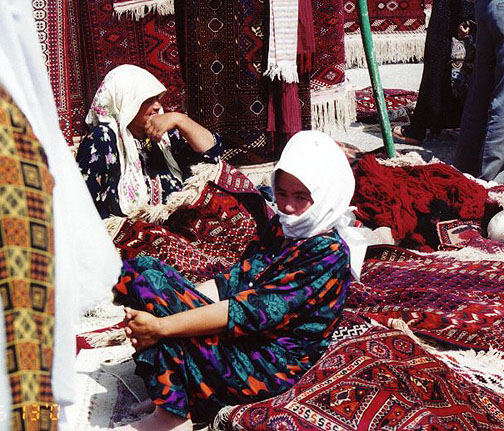
![]()
![]()